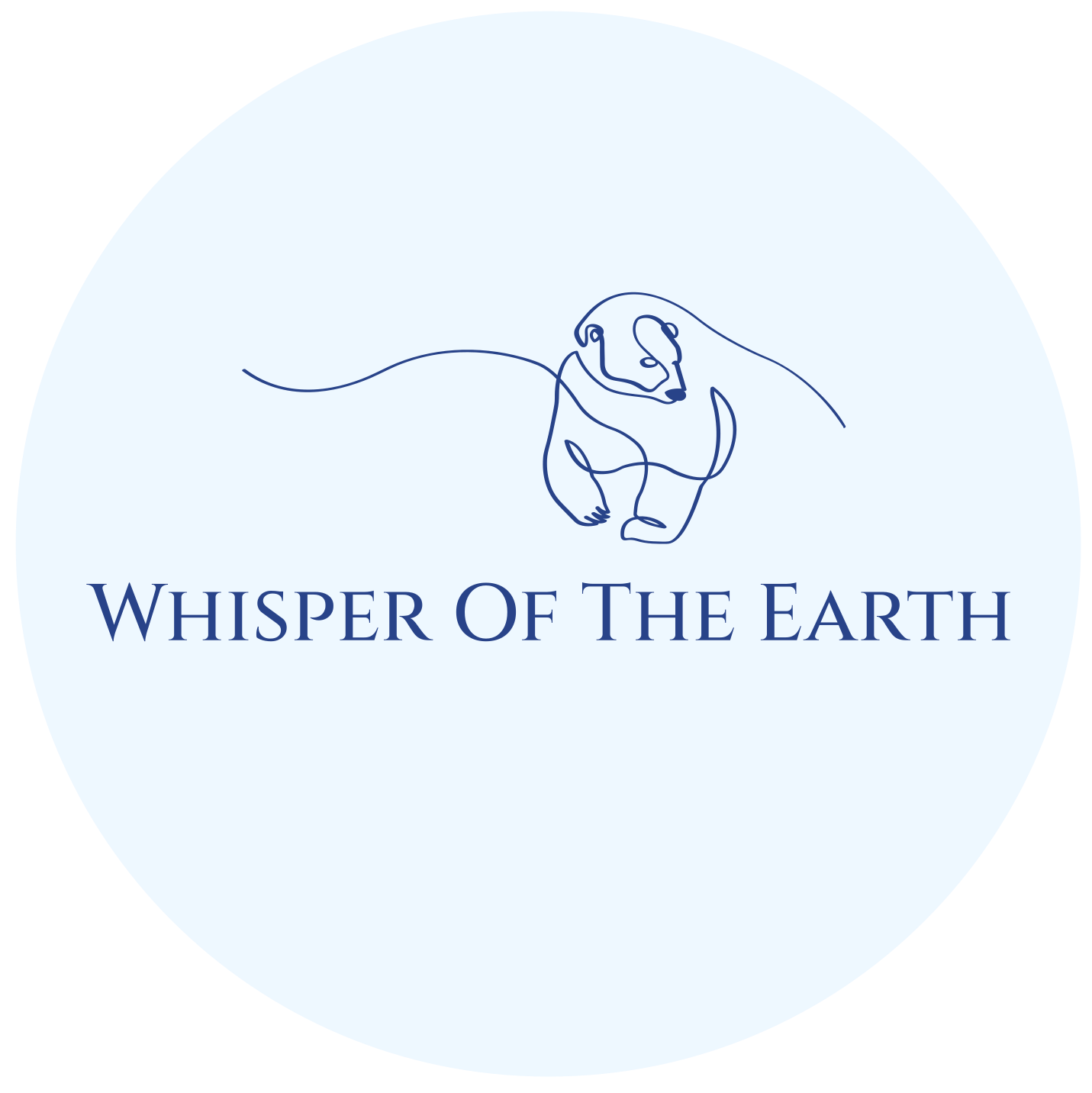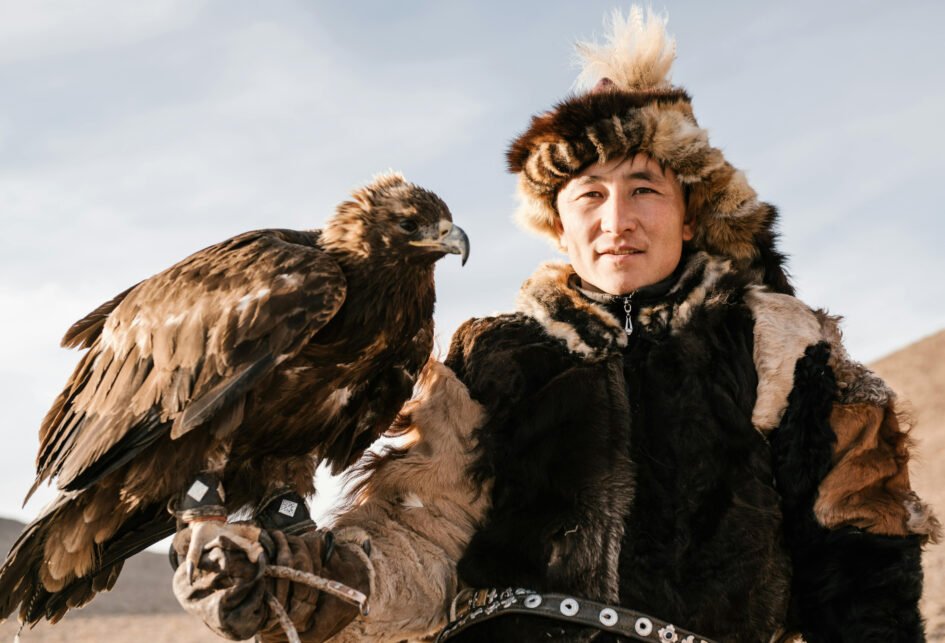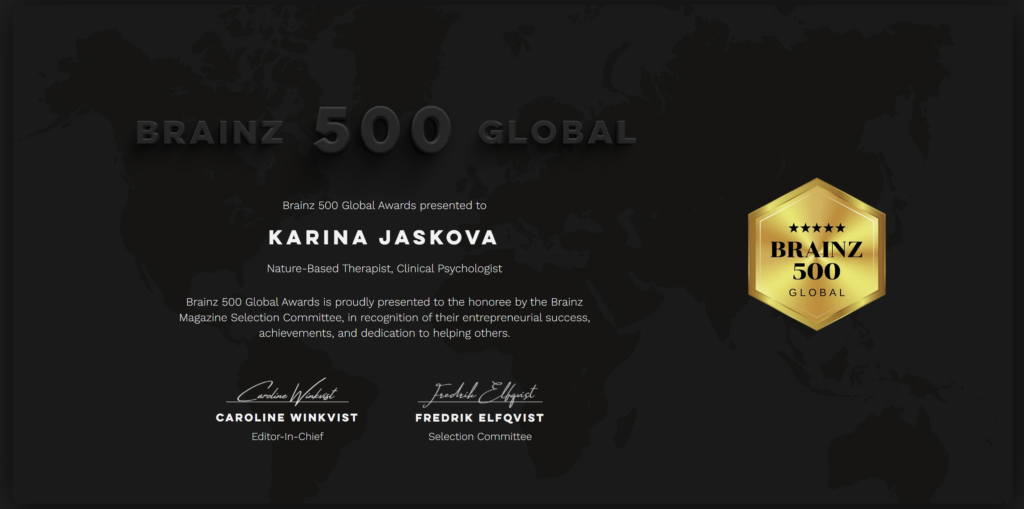This week, I invite you to embark on a journey of discovery through the natural world around you. Nature, with its complex web of interactions, offers profound insights into the dynamics that also govern our personal and professional lives. By exploring ecological relationships, we gain a unique lens to view and understand our own interactions. In this challenge, you’ll observe and identify these natural interactions, reflecting on how they mirror the relationships in your own life. Whether in a bustling city park or the quiet of your garden, nature’s lessons are everywhere. Our goal is to deepen our connection with the environment and use these observations to foster a greater understanding of ourselves and our relationships. Let’s begin this introspective adventure, enriching our lives through the wisdom of the Earth’s ecosystems.
Objective: To observe and reflect on the different types of ecological relationships in nature, enhancing our connection with the environment and our understanding of its delicate balance. Additionally, reflect on how these natural interactions parallel the dynamics of our personal and professional relationships.
Instructions:
1. Explore and observe. This week, take a walk in a natural area near you – be it a park, forest, or even your garden. Observe and note down examples of at least three of these ecological relationships. Try to identify which relationship you are seeing and consider what benefits or harms are involved, or if they are neutral interactions. Capture your observations through notes or photographs.
Ecological relationships:
- Commensalism: One species benefits while the other is neither harmed nor helped. Example: Barnacles on whales. The barnacles get a ride and more exposure to food particles, while the whale remains unaffected.
- Mutualism: Both species benefit from the interaction. Example: Bees and flowers. Bees get nectar for food, and flowers get their pollen spread for reproduction.
- Parasitism: One species benefits at the expense of the other. Example: Ticks on dogs. Ticks consume the dog’s blood for nourishment, harming the dog.
- Competition: Two species compete for the same resources, which can negatively impact both. Example: Lions and hyenas fight over the same prey.
- Predation: One species preys on another for food. Example: A hawk catching a mouse.
- Symbiosis: A close and often long-term interaction between two different species, which includes mutualism, commensalism, and parasitism. Example: Clownfish and sea anemones. The clownfish receive protection, and the anemones are cleaned of parasites.
- Amensalism: One species is inhibited or destroyed while the other remains unaffected. Example: A large tree shading out smaller plants below.
- Herbivory: An animal consumes parts of a plant, which may or may not kill the plant. Example: A caterpillar eating the leaves of a plant.
2. Reflect on personal and professional relationships. Reflect on how the natural interactions you observed might parallel your own personal and professional relationships. Think about the impact these relationships have on your daily life and emotional well-being. Ask yourself the following questions: Are there examples of mutualism or competition in your relationships? Do you notice any relationships that may feel parasitic, amensalistic, or even predatory?
3. Assess and plan for change. If you identify any signs of unhealthy dynamics in your relationships – such as parasitic, amensalistic, or predatory interactions – consider what could be done to transform them into healthier, more mutually beneficial connections. What changes can be made to foster more supportive and reciprocal interactions? What steps could you take to reduce the impact of competitive or harmful dynamics? Consider whether you might benefit from seeking professional help to navigate and improve these relationships.
Outcome: Engaging in this challenge can enhance your understanding of the intricate connections in nature and the parallels in your own relationships. This deeper awareness can lead to a greater appreciation of how each relationship, like those in nature, supports and affects our well-being and growth. Discussing these insights can inspire others and foster a community of individuals committed to nurturing healthier relationships and a deeper connection with the environment. Reflect on how these realizations might influence your actions towards yourself, others, and the planet. Let’s use this knowledge to cultivate a more harmonious life, both personally and ecologically.
* Photo by ArtHouse Studio, Pexels.com





Leave a Reply